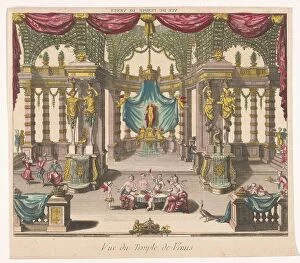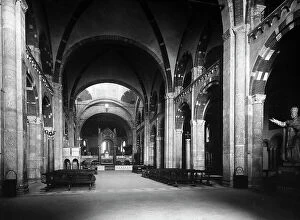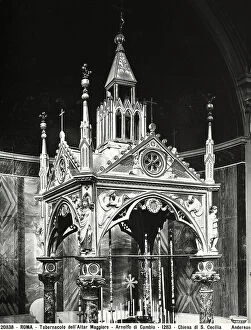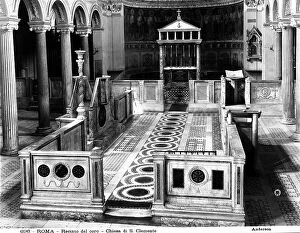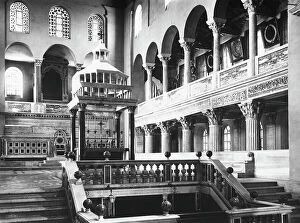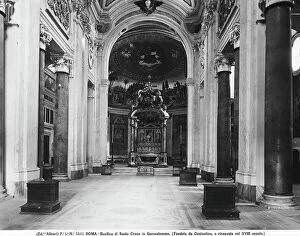Ciborium Collection
The ciborium, a sacred vessel used in religious ceremonies, holds great historical and artistic significance
All Professionally Made to Order for Quick Shipping
The ciborium, a sacred vessel used in religious ceremonies, holds great historical and artistic significance. One notable example is the Pre-Roman ciborium inside the church of Santa Maria Maggiore in Sovana, Grosseto, Tuscany. This exquisite piece showcases intricate craftsmanship and serves as a testament to the devotion of its creators. In 1871, amidst societal changes and political unrest, a satirical leaflet titled "Flying Leaf" depicted an anticlerical scene where begging was forbidden. This reflects the growing sentiment against the Church during that time period. The Commune de Paris and war siege further highlighted these tensions while shedding light on the consequences of secular measures such as separation from religious institutions. A stunning German ciborium dating back to around 1750 demonstrates the artistry involved in creating these vessels. Crafted by Sigmund Tzschirschwitz, it exemplifies both skillful design and attention to detail. Moving to Rome's Saint Peter's Basilica, we find ourselves immersed in its grandeur through interior views captured in 1878 by Frederick P Dinkelberg. The magnificence of this iconic location is enhanced by elaborate decorations including beautiful ciboria adorning altars within its walls. The Church of St. Peter's also stands as a testament to faith with its rich history dating back centuries. A photograph taken around 1870 captures this architectural marvel at its finest. Artistic depictions featuring ciboria abound throughout history; one such portrayal highlights "The heroism of a priest. " This color lithograph portrays bravery and dedication within religious contexts. Religious artworks like "St Mary Magdalene" (c. 1480) painted on poplar wood or "Coronation of the Virgin" (1414) with gold background demonstrate how artists incorporated ciboria into their compositions for symbolic purposes or visual appeal.


